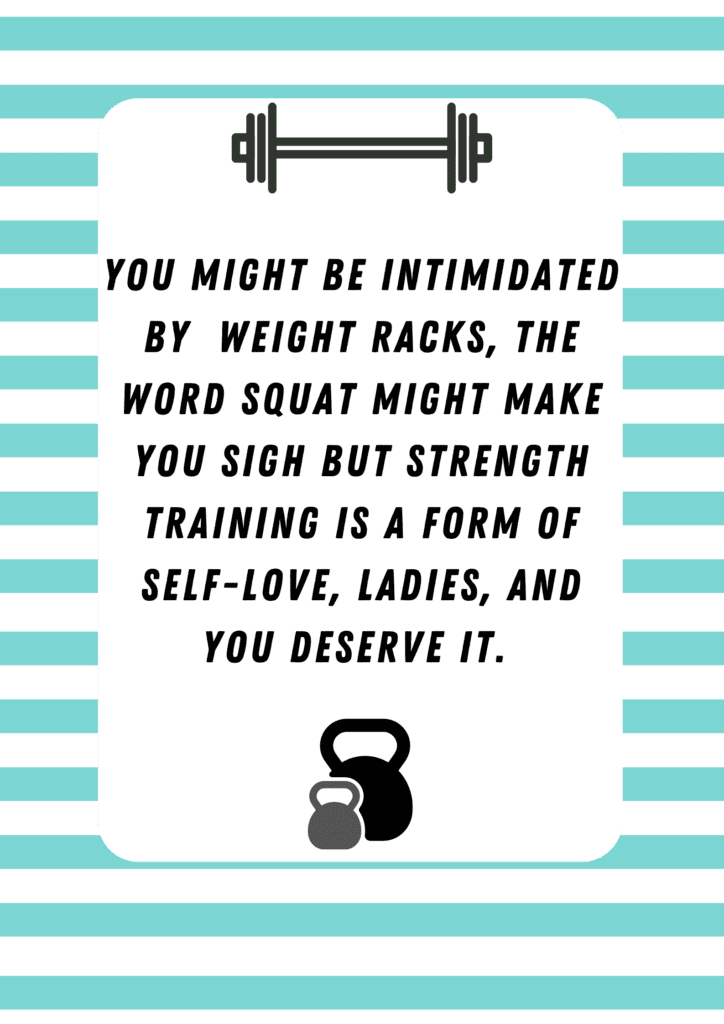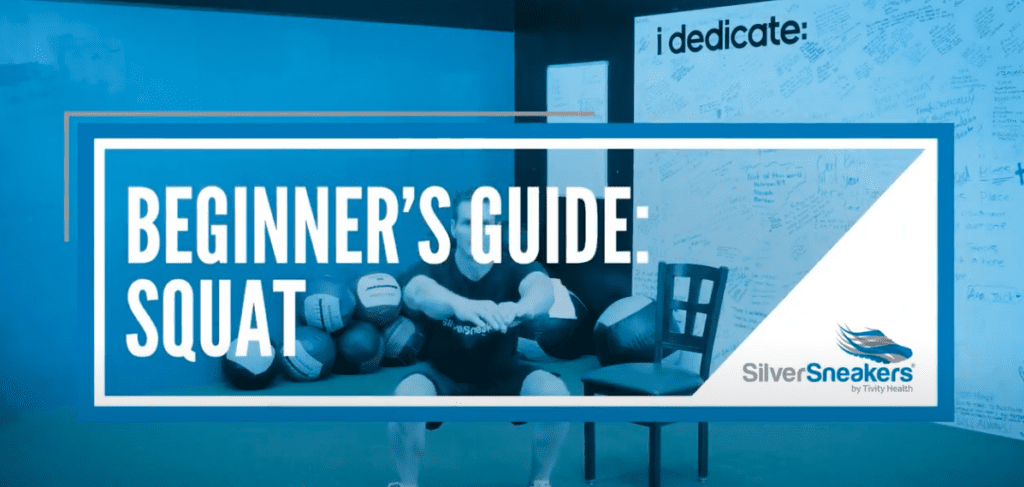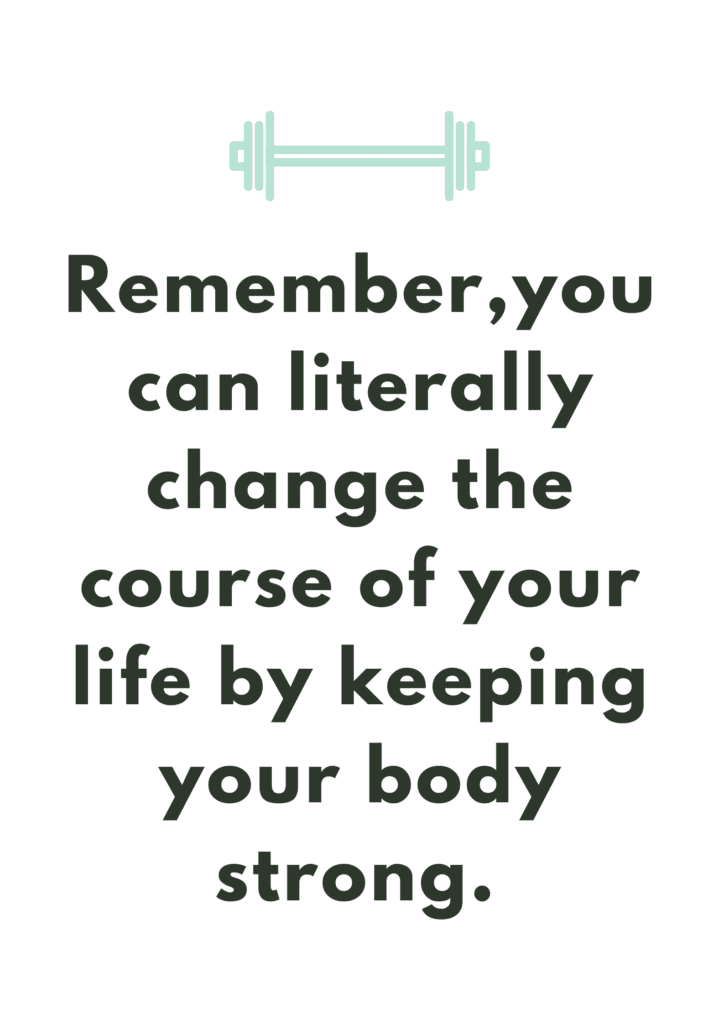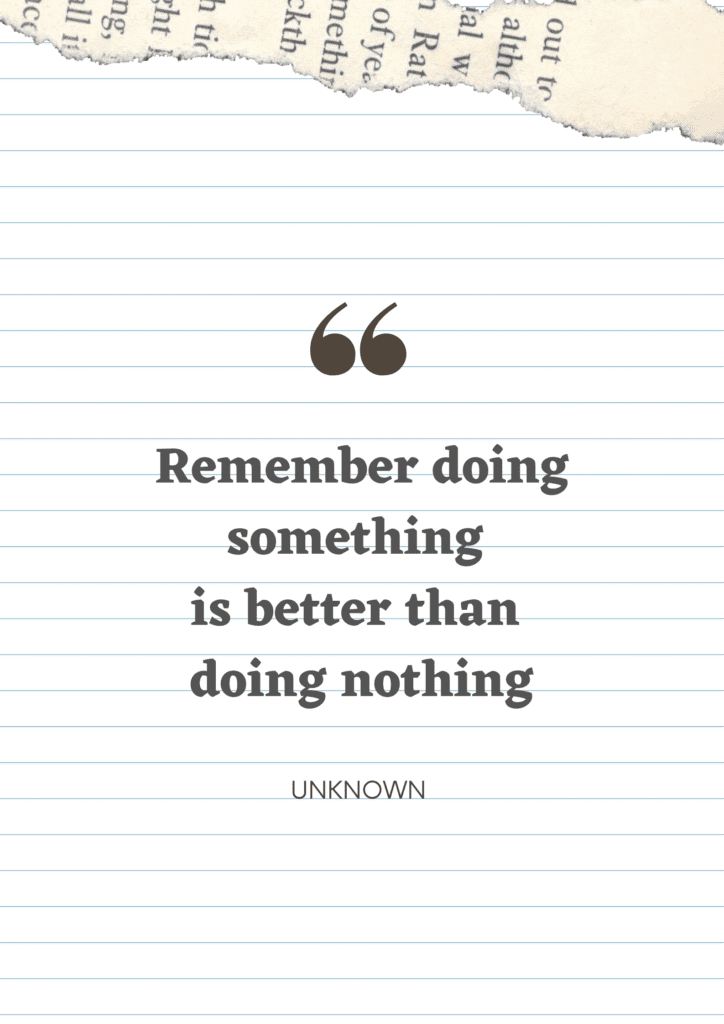Strength Training in Menopause
Keeps Us Ready For Adventures
Picture yourself strolling through markets and museums in a dreamy European village, hopping out of a city bus to explore a new city, or chasing your grandkids around without an ounce of hesitation. Sound like a dream? Nope—it’s totally doable when you invest in your strength and health.
This isn’t just a dream; it’s possible when we invest in our strength and health. Think of strength training like putting a down payment on our future adventures and vibrant life!
Now, if you’ve never touched a dumbbell, don’t sweat it (well, not yet anyway!). I’ve got you covered with the why, the how, and a plan that makes it all manageable. So, let’s dive in!

Benefits of Strength Training for Women Over 40
Why is Strength Training Important for women? As we age, our bodies naturally lose muscle mass and bone density, which not only sounds like a boring biology lecture, but something we’ve heard before right? Resist the urge to rush through this information, slow down and take it in.What that really means is that we lose the oomph to do what we love. Strength training, however, is the secret weapon to keeping our bodies strong, resilient, and physically ready to do what we want.
The Science Says So
According to the National Institute on Aging, “Muscle-strengthening exercises, if done regularly, can help prevent the loss of muscle mass, strengthen bones, and even improve balance and coordination.”

We’re not just talking about looking good in a sleeveless top; strength training keeps us independent longer, increases confidence, and improves mood. It’s not just about picking up heavy things; it’s about feeling strong enough to live the life you want—travel, explore, and tackle every adventure with a side of sass.
How to Get Started (Even if You’ve Never Lifted a Dumbbell)
Dr. Stacy Sims, exercise physiologist and researcher, famously says, “Women are not small men, and we shouldn’t train like them.” So, let’s focus on what works for us—safe, functional moves that benefit everyday life and adventures, and all at our own pace.
Creating a plan for strength training for women over 50 can seem intimidating, it’s not all or nothing. Let’s kickstart a weight lifting plan that targets the whole body and is beginner-friendly:
For your knees sake, it’s important to have good form with squats, click here to learn about proper form from a trainer with SilverSneakers.

Warm-Up: 5-10 minutes
Start with a brisk walk or light cardio to get the blood flowing. Think of it as waking your body up, like having that first sip of coffee!
Lower Body: Chair Squats (other options: Wall Sit, Squat or Ball Wall Squat)
- Reps: 10-12/Sets: 1-3
Stand up from a chair without using your hands. It’s a simple but effective way to build leg strength and stability. You’re strengthening muscles you use daily, like when you stand up from a comfy couch. Chair squats are a great place to start or you can experiment with wall sit, ball wall squats.
Upper Body: Wall Push-Ups, Table Push-Ups, Floor Push-Ups
- Reps: 8-10/Sets: 1-3
- Place your hands on a wall at shoulder height, step back slightly, and lower your chest towards the wall. This move strengthens your arms, chest, and shoulders—no floor required!
Core: Seated Knee Raises, Plank
- Reps: 10-12 per leg/Sets: 1-3
Sit tall in a chair, hold onto the sides, and lift one knee at a time towards your chest. A strong core helps you maintain balance and stability in all the exciting adventures you’ll be taking.
Full Body: Dumbbell Deadlifts (or grab two cans if you don’t have weights)
- Reps: 8-10/Sets: 1-3
Stand tall with a weight (or cans) in each hand, feet hip-width apart. Keeping your back straight, bend at the hips and lower the weights towards your shins, then stand back up. This movement is a powerhouse for your legs, back, and core.
Finish Strong: Side Leg Raises
- Reps: 8-10 per leg/Sets: 1-3
Stand and hold onto a chair for balance, lift one leg out to the side, and slowly lower it. This move strengthens the muscles that keep your hips strong and your balance steady.
Cool Down & Stretch: 5 minutes
Take some deep breaths and stretch your arms, legs, and back. You’ve earned it!
Consistency is Queen
Consistency doesn’t mean doing the same workout daily—it’s about gradually increasing the weight or reps or number of sets to keep challenging yourself. Aim for two to three sessions a week, and as you get stronger, you can mix in more variety.
Pro Tip: Keep a workout journal or track your progress with an app. It’s not only motivating but also a great way to see how far you’ve come.
Need Motivation to Get Started?
Strength training isn’t about becoming a gym rat or lifting huge weights; it’s about feeling strong enough to live life fully engaged. It’s about being able to hike, travel, play, explore, and embrace new experiences without physical limitations holding you back. You’ve got one beautiful, strong body—let’s honor it by keeping it capable of all the big adventures life has in store.
So, go ahead and pick up those dumbbells (or soup cans!), and remember that with every rep, you’re investing in a future filled with more joy, strength, and adventures. And if you ever find yourself doubting, just remember: You’re stronger than you think and more adventurous than you know!
If you’ve never done it before, you have so much to look forward to. The quickest improvements come at the beginning.

If the idea of working out at the gym is a ‘oh, hell no’ then work out at home! Invest in dumbbells, kettlebells and resistance bands and get started.
Exercise in Menopause is Important
When it comes to menopause, “studies have shown that regular exercise significantly reduced menopausal symptoms and improved well-being. Physically active menopausal-aged women experience fewer problems with insomnia, fewer vasomotor symptoms and better mood” according to a recent study published in the National Library of Medicine.
Since strength training is important for health, strength, weight loss, energy, bone density, less aches and pains, and living a longer, happier life through menopause and beyond, this what I’d recommend:

Whole body resistance exercises are designed to keep bones, muscles and stability as we age. Aiming to lift more weight or do more repetitions provides maximum benefit. Aim for 15-45 minutes per session and 2 – 3 times per week at home or the gym.
Mobility and balance training helps us reduce risk of injury, aches, pains and falls. It’s a classic case of, ‘if we don’t use it, we lose it’. But if we train it, we can improve it. Find what you like to do, try a yoga class, set a time for 5 minutes and do a stretching routine, balance on one leg while brushing your teeth or feel like a kid again and hop on a mini-trampoline.
Walking is incredible for heart mental health. 8000 – 12,000 steps per day (on average) is a great way to stay healthy. But remember, the smallest amount you can do daily still helps.
How often should you workout at 50+?
Two to four times a week is a solid goal for strength training, and somewhere around 20-45 minutes per session is ideal. But here’s the thing: this is your journey, so it needs to fit your life and what works for you. Any effort counts—every single session, no matter how quick, is a win. Celebrate it, feel proud, and you might just find yourself wanting to come back for more. So, start where you are, do what you can, and enjoy that feeling of getting stronger.
Struggling for time or motivation? Start Small
While pushing yourself work out hard is great, the smallest amount of movement still makes a difference. You can fit it into tiny gaps in your day. And you don’t even need to sweat.
While pushing yourself work out hard is great, the smallest amount of movement still makes a difference. You can fit it into tiny gaps in your day. And you don’t even need to sweat.
Set a timer for one minute. Do an incline push up, a plank, take the stairs, do 30 seconds of arm circles one way and then 30 seconds the reverse way.

All of these quick, easy exercises will help you maintain muscle mass, and contribute to protecting your bones, boosting weight loss and keeping you strong.
Imagine feeling stronger, more capable, and ready to take on life’s adventures, whether it’s hiking mountains or exploring new cities. Starting small, staying consistent, and celebrating every step will keep you growing stronger in every way that matters. Let’s build the strength to live fully engaged, because the best years aren’t behind you—they’re right here, waiting!